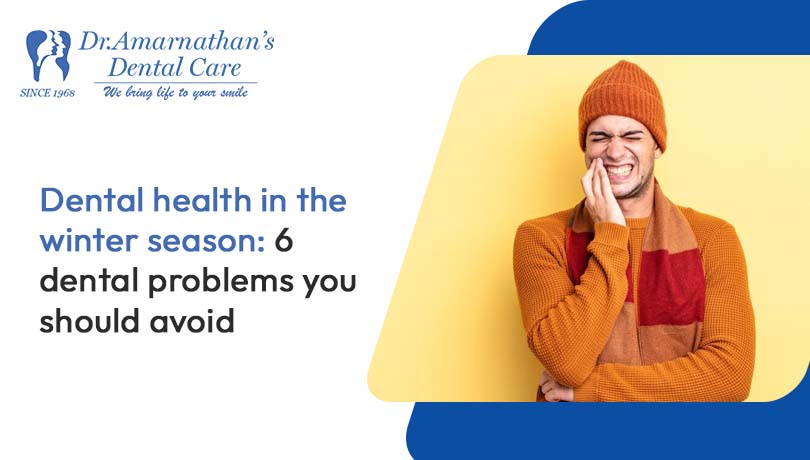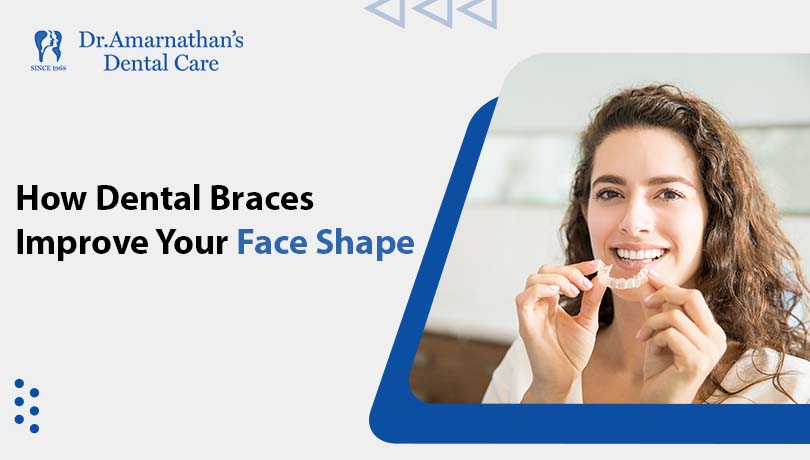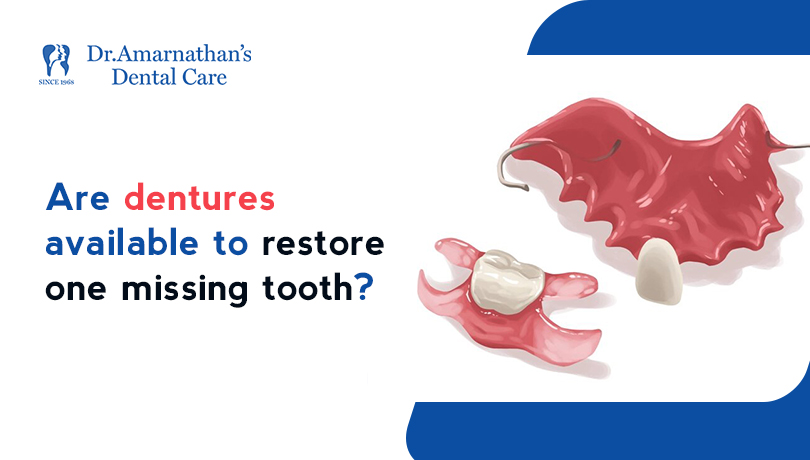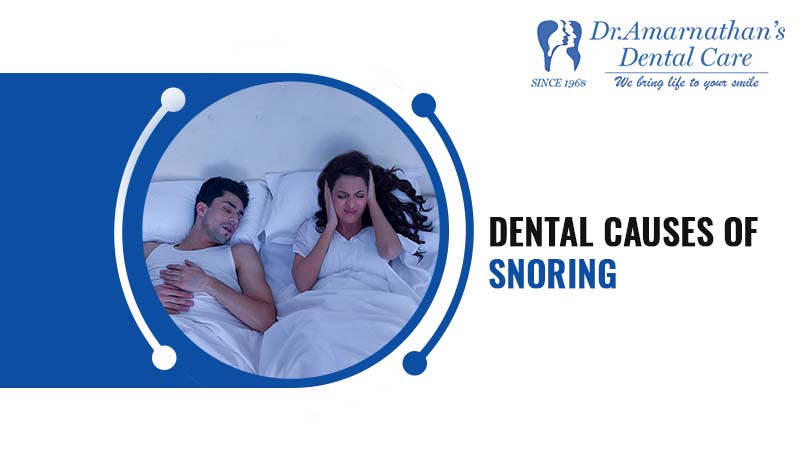
8 reasons why you have unusual bumps in your mouth’s roof
The roof part of our mouth is called palate, which separates our oral and nasal cavities. The palate comprises bone and muscles, so it is also susceptible to injuries, infections, etc. Occasionally, you might feel pain and soreness in the roof of your mouth. It happens due to conditions like allergies, infections, and others.
Likely, you might notice bumps on the mouth palate and sense them with your tongue or fingers. Right?
The bumps on the roof of the mouth look like small blisters and are made up of hard cysts. It is a harmless condition and goes away on its own. Injuries primarily cause oral bumps, problems like canker sores, cold sores, infections that can develop cysts on lips, and intra-oral regions like the tongue, palate, etc.
Besides these, various conditions are linked to developing bumps in the palate. We have highlighted them in this blog post.
What are the possible causes of bumps on top of the mouth?
1) Squamous Papilloma
Squamous Papilloma involves excessive growth of soft tissues inside the oral cavity. It is a harmless condition primarily triggered by human papillomavirus (HPV). It tends to develop bumps slowly anywhere inside the mouth with no pain. Hard palate is not an exception.
It looks like a cauliflower-shaped white or pinkish lesion and will cause discomfort in eating when it grows bigger. Even though it is a benign disorder, it has the potential for malignant transformation in rare cases. In such circumstances, dentists prescribe surgical removal of the cyst.
2) Torus Palatinus
Torus palatinus is a harmless condition that provokes bony growth in the middle of the hard palate. The oral bumps caused by this condition are round and smooth. Some people have this condition since birth, whereas others develop it due to problems like crowded teeth, abnormality in the jaw bone, etc.
Similar to the bumps caused by Squamous Papilloma, the palatal tori bumps also become problematic when they grow bigger. It will cause difficulties in chewing, swallowing, and wearing dentures.
3) Nasopalatine Duct Cyst
The nasopalatine duct cyst develops in the incisive papilla, which is the area behind the two front teeth. Hence it is also known as an incisive canal cyst, which looks like swelling in the palatal regions.
Its exact cause is still unknown. However, Researchers believe that embryogenic remnants in the region where the maxillary sinus communicates nasal cavity are the reason behind this condition.
It is also harmless in most cases but has mild chances of causing irritations.
4) Epstein Pearls
Epstein Pearls are small, harmless, whitish-yellow cysts that develop in newborn mouths. It appears as a tinted bump that measures 1 to 3 mm on the roof of the infant’s mouth.
It is not uncommon and goes away before the baby becomes 3 months old.
5) Mucoceles
Mucoceles are harmless cysts filled with mucus developed by irritations in the salivary gland. It appears as transparent, round-shaped bumps and measures 2 to 10 millimeters in diameter. Likely, it can move around anywhere inside the mouth but does not provoke any pain.
In general, oral mucous cysts can last a few days to months and rupture independently.
6) Hypderdontia
Hyperdontia is a condition that defines developing too many teeth anywhere inside the mouth. Such extra teeth are called Supernumerary Teeth. Sometimes, people with Hyperdontia develop extra teeth on their palate behind the front teeth. It appears like bumps on the roof of their mouths.
It is essential to extract these extra teeth under the hands of a dentist. Otherwise, they can increase the risk of teeth crowding and provoke jaw pain.
7) Ectopic Teeth
Generally, the teeth are erupted in the dental arch.
On rare cases, teeth tend to develop at places away from the dental arch. This condition is called ectopic eruptions. Dentists reveal that it might happen due to iatrogenic activity, developmental disturbances, and tumor growth.
If it grows at your mouth’s roof, it will provide a bump-like appearance to the palate.
8) Strep Throat
Group A strep bacteria often lives in the nose and throat. They are gram-positive aerobic organisms causing problems in the throat, skin, etc. When the microbe affects the throat, you will feel soreness and scratch.
Similarly, it tends to enlarge lymphatic tissues at the back of your throat. In such cases, the roof of your mouth has some bumps.
It is common and can be fixed by taking antibiotics.
Bottom line
Bumps at the mouth roof are a harmless condition in most cases. Numerous factors cause it. It is rarely connected to serious, life-threatening diseases.
If you notice the bumps exist for many weeks or are accompanied by discomforts like severe burning, changes in size, intense pain, bad breath, or others, consult a dental expert immediately. It might indicate the progression of any infectious conditions inside your oral cavity or body.



















